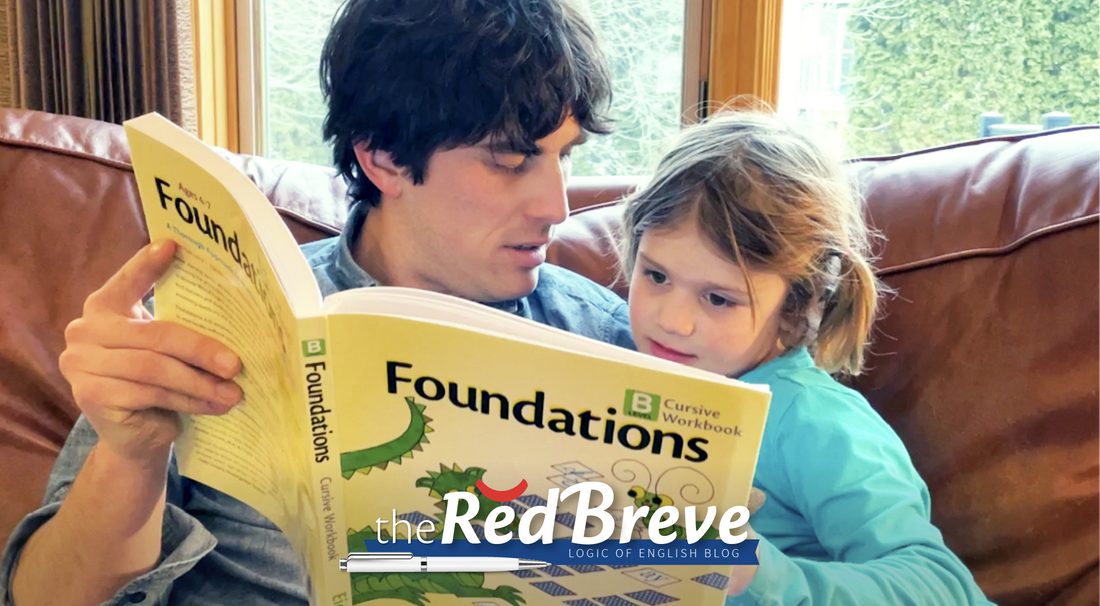A Response to Sold a Story: A Parent’s Perspective

Hayden Kvamme
I’ve never been more excited and grateful about what Logic of English offers than after listening to Sold a Story by journalist Emily Hanford.
I’ve been using Logic of English with my five-year-old daughter since last summer. We started using Logic of English materials because, about a year ago, we found out that our daughter was accepted into the Spanish Immersion Program in our local public school system. We have been–and still are–ecstatic about this opportunity for our kids. But I did raise one question on my tour of the school:
“How does reading instruction work?”
It was explained to me that the children in the Spanish Immersion Program learn to read at school in Spanish. This makes sense. However, Spanish has many fewer phonograms than English, and its words follow different patterns.
The school representatives assured me that by fifth grade their Spanish Immersion students read at a fifth grade level in English and Spanish, which is astounding and encouraging to hear. Nevertheless, as a family, we decided that we didn’t want to wait that long to find out if it was true for our daughter. So I started teaching her how to read at home with Foundations A.

There is nothing like seeing the joy on my daughter’s face as she learns new sound after new sound and increasingly puts those sounds together to discover words that she recognizes. As we begin Foundations B, she continues to incorporate multi-letter phonograms needed to decode hundreds of thousands of words. She does have to work at it, but the Logic of English materials offer a very manageable sequence with plenty of ways to play, celebrate, and discover the beauty of words and the joy of reading and writing.
Listening to Sold a Story in light of my experience with my daughter, I was not surprised to learn that at least 60 percent of kids need some kind of direct reading instruction, that learning to read is different from learning to talk, and that many parents seek out help from teachers, tutors, and others.
I was discouraged, though.
I was discouraged to discover that the cueing strategies used in so many schools around the country–relying on pictures, context, and first letters–don’t emphasize sounding words out. I was discouraged that, as a result, so many children do not become proficient readers without substantial outside support. Moreover, I was scared to learn how many kids fly under the radar, hiding their struggles, until years down the road they can’t hide it anymore, and they find themselves in untenable situations facing all kinds of unnecessary challenges.
As Hanford describes well, it’s not that proponents of these cueing strategies have had malicious intent–they are as passionate about empowering kids to read as anyone. But as Hanford explains, their lack of awareness of the science of how kids learn to read has had disastrous consequences.
I’m glad to be aware of the story Hanford tells, and I can only hope that resources like those of Logic of English continue to empower parents, teachers, and schools to give budding readers the skills they need to be successful.
Far from being boring or rigid, this instruction paves the way for joyful reading down the road while offering frequent glimpses of that joy at every step along the journey.
Written by Hayden Kvamme


